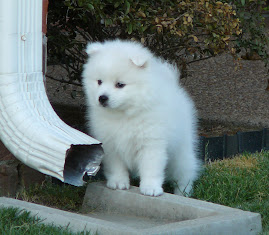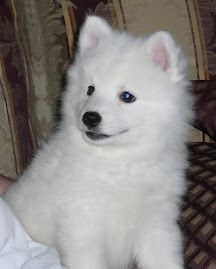 August 5, 2009
August 5, 2009
Your kids have had a great time this summer playing with the family pooch. It's a given that the family pooch has had just as much, if not more, fun playing with the kids. So, how will they handle the inevitable separation from each other when the kids go back to school? Dog Fancy has provided some great tips to help the two-legged and four-legged family members ease into this transition.
TIPS FOR YOUR DOG
After a fun summer spent with the kids, your puppy may whine, cry or even scratch at the door when the children go back to school. Help her accept this sudden separation without anxiety by following a few guidelines.
Puppies take comfort in routine. If the start of a new school year will change your puppy's normal schedule, start the transition two weeks before school begins. This prevents several harried mornings dealing with an upset puppy while trying to get the kids out of the house.
When their people act upset, puppies get upset. To prevent tearful goodbyes, allow children /puppy playtime before the kids get dressed. As leaving time draws near, put the puppy in her crate and offer a chew bone or a stuffable toy filled with treats. This should help keep her distracted and happy while the children walk out the door.
- Chris Cox-Evick
TIPS FOR YOUR KIDS
STAY CALM - If your kids say lots of tearful goodbyes and make a big deal about leaving, the family dog will get nervous, and it may make her more upset. Instead, your kids should give the dog a nice pat on the head and calmly tell her goodbye. Then, leave out a favorite toy for her to play with.
MAKE EXTRA TIME - Your kids are going to be busy with homework and chores, but they should take a few extra minutes to give their dog some attention after they've been home from school for a little while. A quick walk or a fun game will keep them bonded all year long.
TEACH THE DOG SOMETHING NEW - Since your kids are learning lots of stuff in school, why not let them teach the family dog a few things? Can she sit, stay, and roll over? Use free weekend time to work on some fun tricks, but don't forget tasty treats to reward the good little student.
- Katy French
* The above is a picture of Ju-Ju taken on 8/1/09















